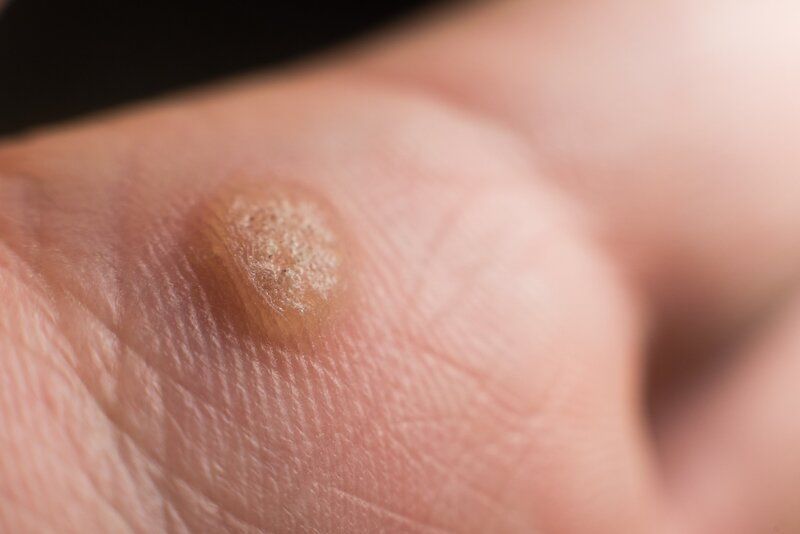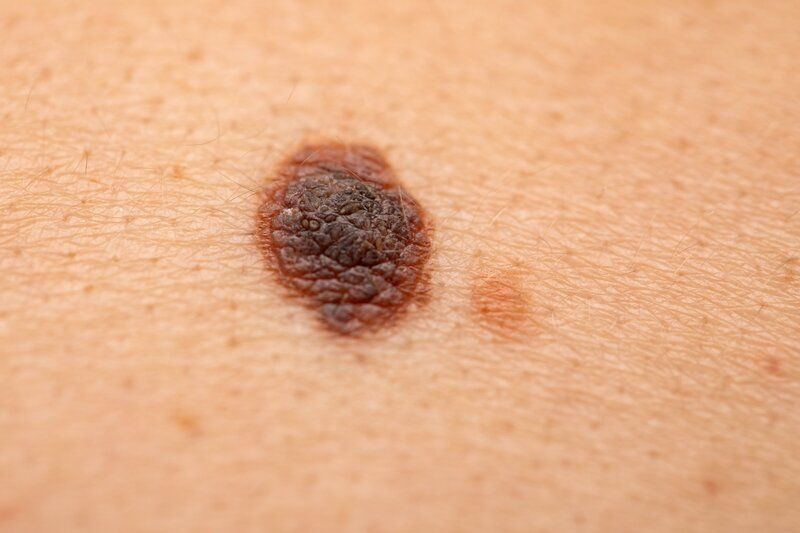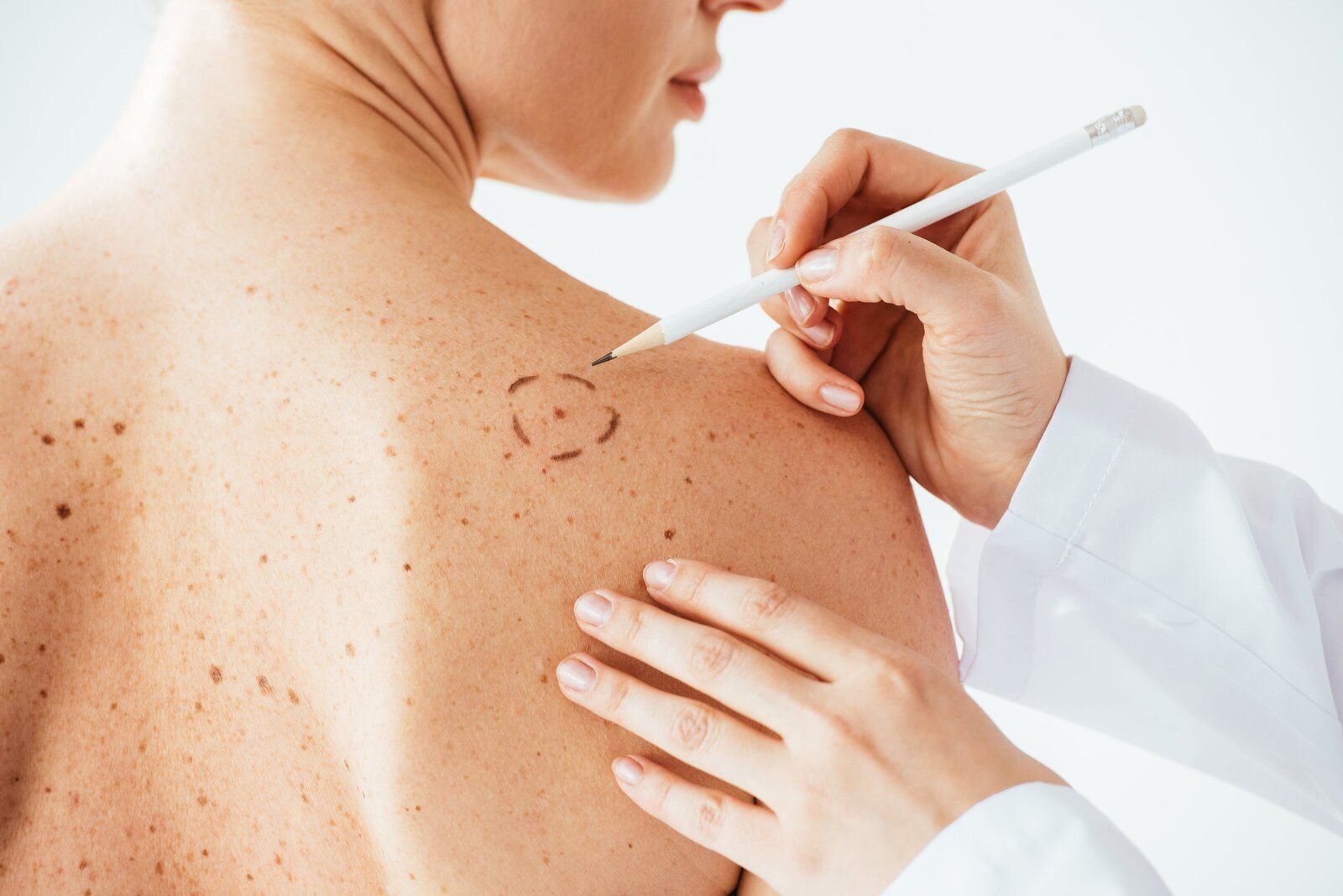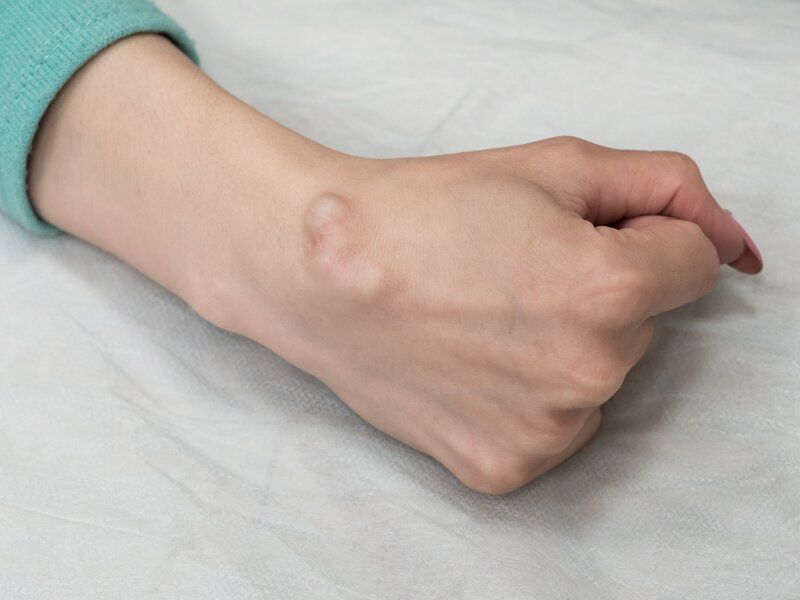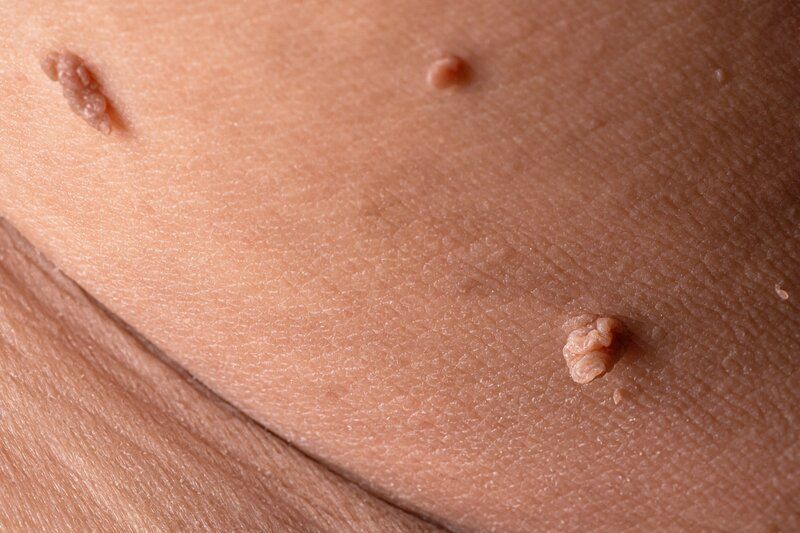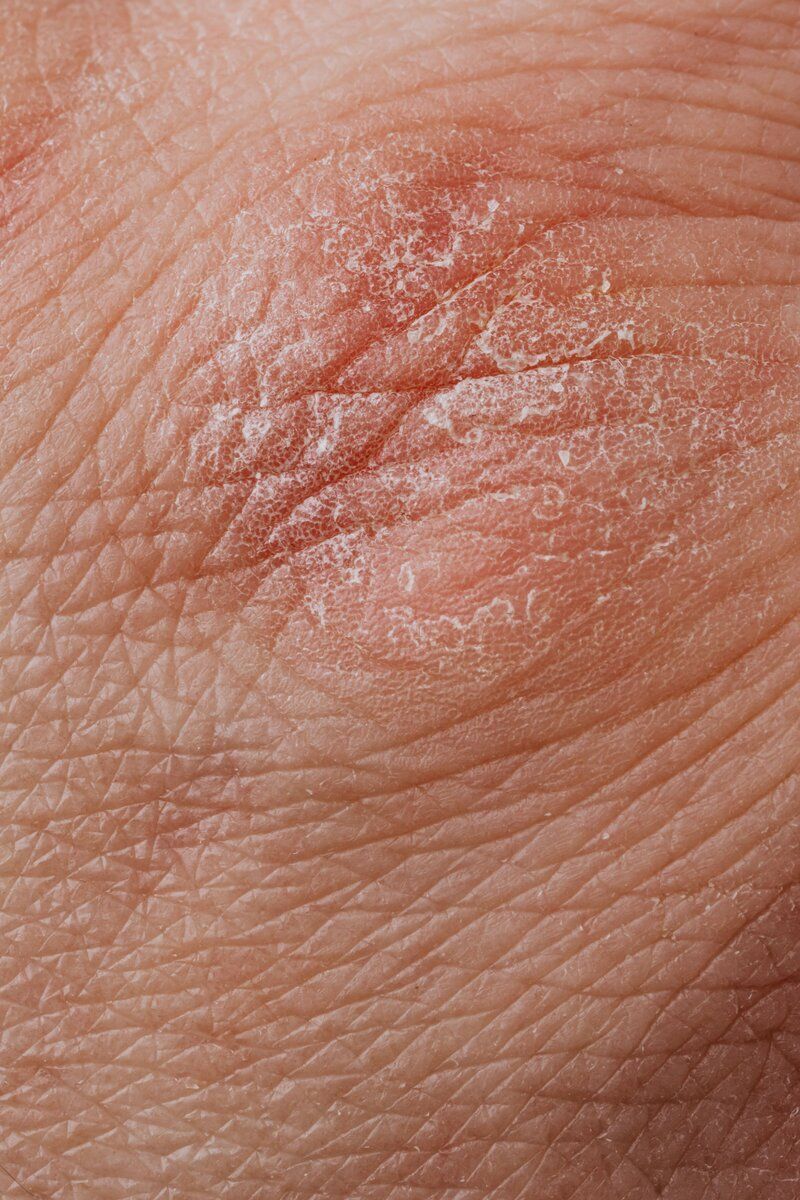SURGICAL DERMATOLOGY SERVICES
Finally. A doctor who you can trust to handle your scary skin care issues.
IT'S TIME TO TAKE CARE OF YOURSELF WITH A SURGICAL DERMATOLOGIST
With a personable approach to skincare, you're in good hands.
→ NO MORE FEAR OF THE UNKOWN
→ HAVE A DOCTOR WHO LISTENS & CAN TALK WITH LIKE A REAL PERSON
→ NEVER FEEL UNSURE OR WORRIED ABOUT YOUR SKIN AGAIN
What can I help you with?
WE'LL TAKE CARE OF ALL OF YOUR
Serious Skin Issues
With Our Same Day Surgical Dermatology Services
From skin tags to warts, there are several things we can usually take care of the same day as your appointment. Other common skin conditions that require a separate procedure appointment include skin cancers, cysts, and moles.
Great doctor! He takes time to to talk to his patients and explain things to them.
- Hester Suits
Here's How it Works
01
CHECK OUT OUR FAQ'S
to make sure we are the right fit for you
02
and fill out new patient paperwork
03
MEET WITH DR. BURKE
get happy with your skin!
